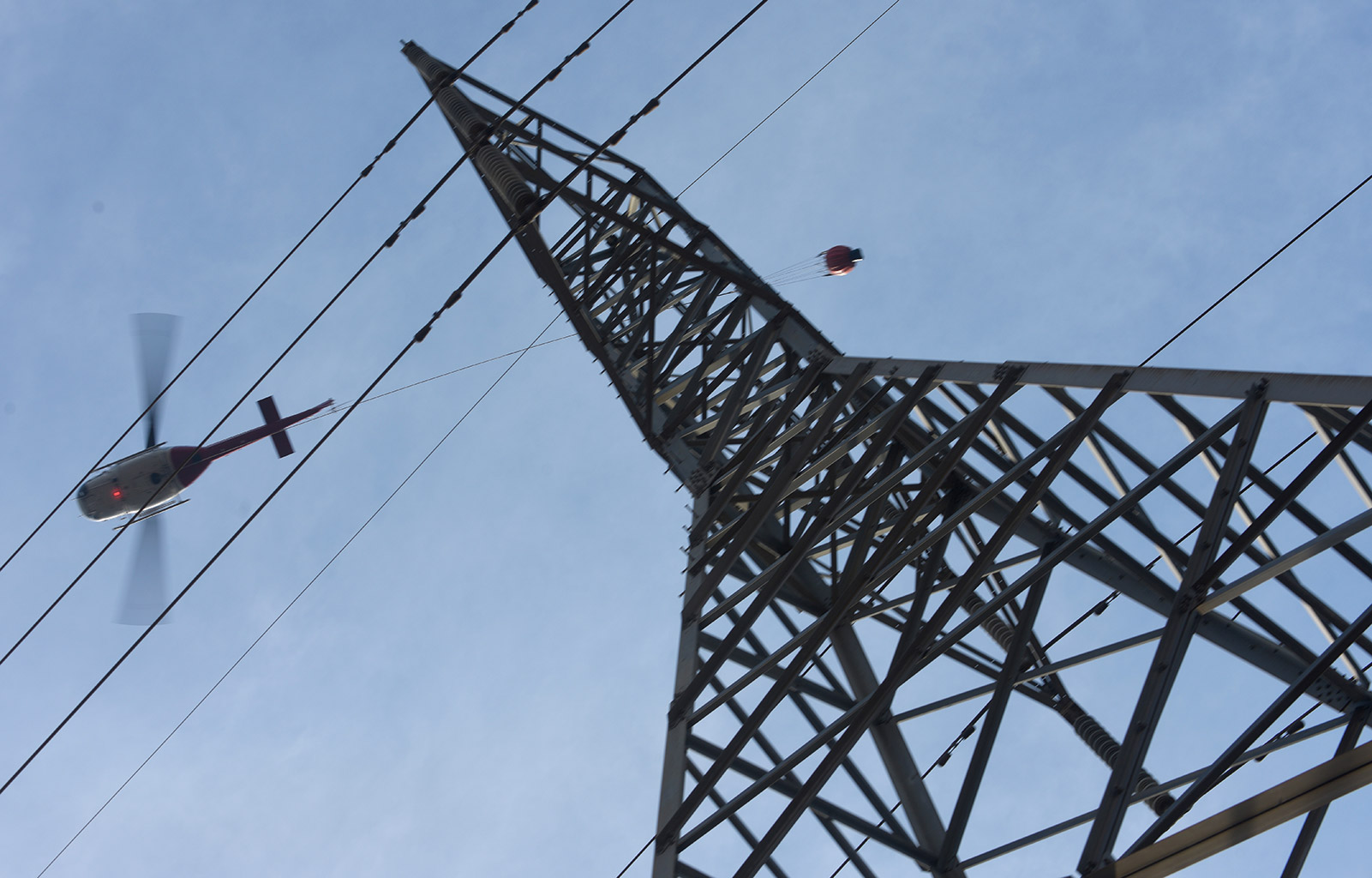Edison Claims County Liable in Debris Flow Counter-Suit
Power Company Alleges Public Entities Contributed to Risks Underlying Montecito Debris Flow Lawsuits

After Santa Barbara County and others sued Southern California Edison in July over the Thomas Fire and debris flow, last Friday Edison counter-sued, claiming the public agencies should have done more to prevent the muddy devastation since they’d known of the dangers for weeks, if not decades. Not only that, but if Edison is found liable to individuals affected by the debris flow, it claims the public entities must also pay. According to the cross-complaint, Edison faces more than 75 lawsuits from the rainstorm that brought devastation down on Montecito on January 9, 2018, after 281,000 mountainous acres burned in December 2017.
To serve the allegation of foreknowledge, the cross-complaint reviews Montecito’s history of debris flows, reaching back through millennia and the creation of Montecito’s alluvial fans. It summarizes the cycle of fire and flood of the 1964 Coyote and 1971 Romero fires — and emergency director Robert Lewin’s inclusion of them in a presentation to county supervisors six days before the debris flow — and Edison’s attorneys, Hueston Hennigan of Los Angeles, illustrate their point with descriptions of “20-foot walls of water, mud, boulders and trees moving down the channels at approximately 15 miles per hour” from news articles by Melinda Burns (Independent and other publications).
Edison’s attorneys charge that the county, City of Santa Barbara, County Flood Control District, Caltrans, and Montecito Water District were themselves negligent in their actions before the debris flow. The county allowed development in flood zones, Edison asserted, using aerial photos from 1927, 1965, and 1975 to demonstrate how buildings and roads replaced agricultural lands, placing people and homes in harm’s way.
The Santa Monica Creek Debris Basin above Carpinteria is cited by Edison as a correctly sized basin that prevented catastrophe in Carpinteria. The debris basins at Cold Springs, Montecito Creek, San Ysidro Creek, and Romero Creek not only were too small but also had not been entirely emptied, the attorneys claimed, citing Joe Mozingo’s report in the Los Angeles Times a month earlier, the result of eight months of research. It was a situation county flood control officials had known for at least 50 years, the cross-complaint states. It compares Ventura County’s standard for the size of debris basins to Santa Barbara’s, alleging that Santa Barbara has “no clear specifications or criteria for building or maintaining debris basins.” If the county had used Ventura’s criteria, Edison alleges, some debris basins in Montecito would have been 44 times larger.
Edison also claims the county produced “inadequate and flawed hazard warnings” that left residents unaware of their risks. It pointed to a topographic map that “highlighted with almost surgical precision” areas along creeks that would flood in a heavy storm. “It ultimately proved remarkably accurate” but was “only briefly available to the public” before being replaced by the county evacuation map, citing stories by Tyler Hayden in the Independent. “For no apparent, scientifically sound reason,” the cross-complaint alleges, the county chose State Highway 192 as the dividing line for mandatory and voluntary evacuations. The cross-complaint claimed people on the mandatory side “often heeded” the evacuation notice, but “of the 23 people who perished, 19 resided in the voluntary” zone. “The County has publicly admitted these grossly negligent errors,” Edison charges; further, “the warnings that did come were inadequate and ill-designed to explain what residents needed to do to stay safe.”
The cross-complaint claims that Caltrans built bridges and culverts that were too small for debris flows past and present, leading to overflows on January 9. It cites the City of Santa Barbara for inadequate flood mapping of the North Jameson Lane and Olive Mill Road nexus; Montecito Water District is accused of releasing nine million gallons of water, a claim Montecito Water disputed when it was first in the news, giving a précis of its broken pipes and stating 5.8 million gallons leaked slowly over a wide area over 11 hours.
Neither the county nor the city had yet been served with the cross-complaint, said County Counsel Mike Ghizzoni and Deputy City Attorney Tom Shapiro on Tuesday. Scott Summy and John Fiske of Baron & Budd in Solana Beach, California, are attorneys for the city and county and filed a “master complaint” in July 2018. In it they enumerate the lives and structures lost, alleging that Edison was at fault for causing the Thomas Fire, which sparked during high-fire conditions of dry heat and extreme winds, and the subsequent flood in Montecito. In addition to failing to maintain fire breaks around its poles and failing to keep up with the maintenance of the poles, the complaint charges that Edison had a program to turn the power off during high-fire conditions, but did not in this instance. The list of losses to the public entities runs from fire-suppression and law-enforcement costs to road, sewer-system, and tax losses and more. The sum would be determined at trial, and a jury has been requested.


